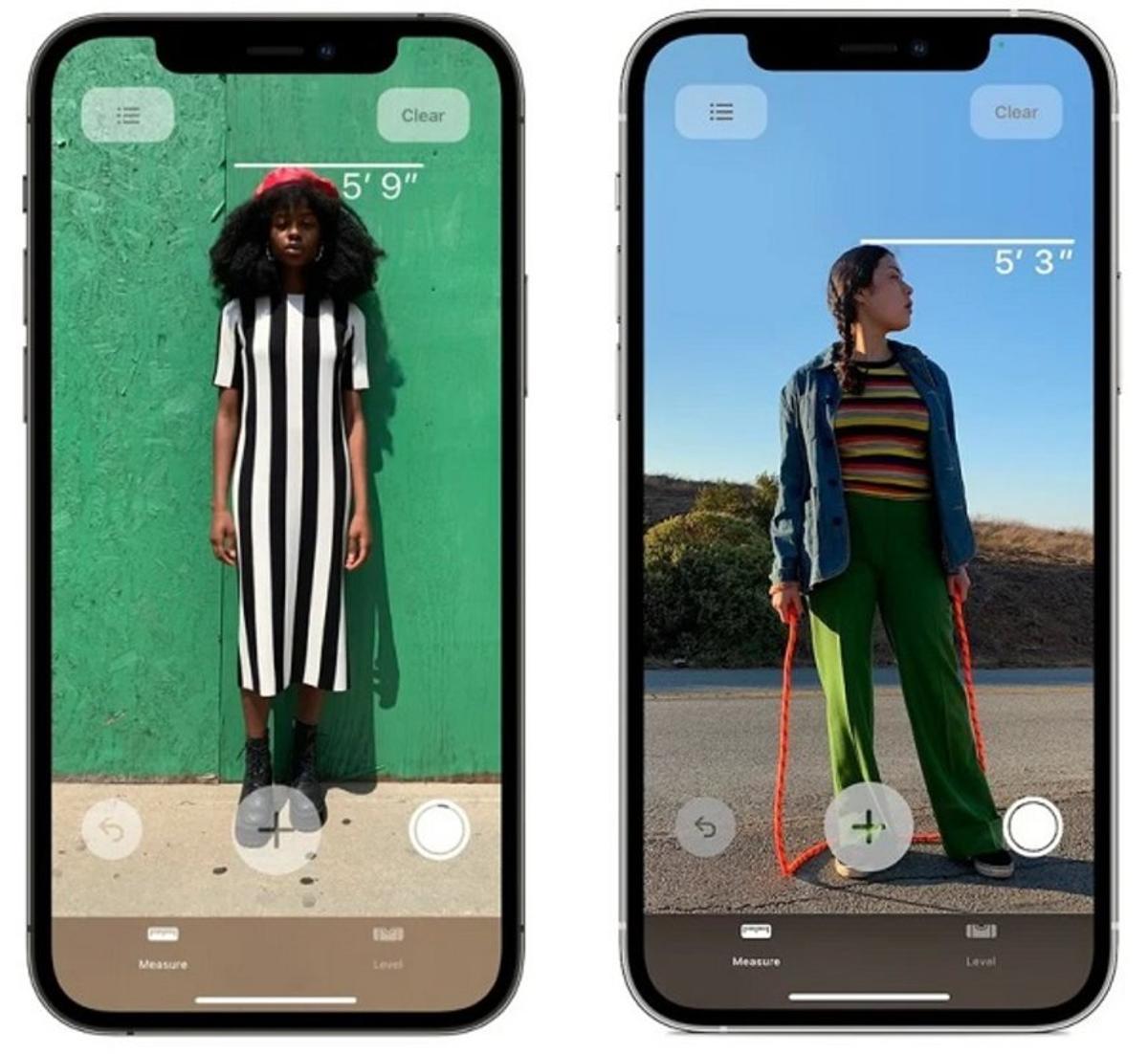

- #IOS LIDAR APP HOW TO#
- #IOS LIDAR APP REGISTRATION#
- #IOS LIDAR APP PRO#
- #IOS LIDAR APP SOFTWARE#
- #IOS LIDAR APP FREE#
The right tool for the jobĪs the iPhone / iPad Pro is an entry-level device, it doesn’t deliver the accuracy of a high-end laser scanner. The Illinois Institute of Technology, for example, has fully mapped seven buildings, totalling over 445,000 square feet, as part of its IIT Digital Twin project. Some companies are scaling this up considerably. So most folks can capture the entirety of most buildings.” “This is already 50% of existing US commercial building stock, and the vast majority of residential. With ten scans stitched together this makes 5,000 square feet, a highly significant number, according to Putch. The video below does a good job of demonstrating the process.įor each scan section Putch advises that users go no bigger than 500 square feet, and to keep the spaces as square as possible - so no long corridors. “Walls, and in particular corners, make such easy references to immediately get the plan and get to that really accurate end result.” “First you line up the walls to the grid, get everything in parallel, and then just go piece by piece correcting those little local inaccuracies.”
#IOS LIDAR APP REGISTRATION#
The registration process works by constraining the scans in plan view, as Putch explains.
#IOS LIDAR APP SOFTWARE#
Users quickly capture up to ten neighbouring scans on a single floor, sync them to the cloud using background uploading, and then manually align them in the browser-based software to create a single point cloud that encompasses the entire building. This all led to the development of SiteScape Multi-Scan, a streamlined workflow that allows for the capture and alignment of segments in a single scan.

#IOS LIDAR APP HOW TO#
“We knew we needed to streamline the process within SiteScape, because we know exactly how to make this much more approachable and put in the guardrails to make sure that users are not going to go in the wrong direction or capture data in the wrong way.” “I was thinking the amount of time it took, and just the uninviting nature of CloudCompare, was going to really push folks away. Putch recalls that, much to his surprise, every SiteScape customer he mentioned this workflow to immediately adopted it, but he knew this couldn’t be a long-term solution. “It was a way to get to an end result, if you needed to brute force it, but the learning curve and manipulating the data in 3D is quite difficult,” he says. The SiteScape team quickly ‘cobbled together’ a ‘hack’ that used open-source software CloudCompare. Requests started coming in for a workflow that enabled multiple scans to be easily stitched together. It was like, ‘I just want to get more and more from different times, from different parts of the site, larger scans.’” Merging of scans with simple alignment Putch explains that power users started sending in examples of scans of large-scale projects, “Once they got comfortable getting the scan data into Revit, or whatever product they wanted to use, they were hooked. “You’re not going to go through and scan an entire commercial building and try to piece that all together,” he said.īut, as it transpires, SiteScape’s customers didn’t listen. The focus was on scanning small areas of interest. E57 formats, so data could be more easily brought into CAD, BIM, point cloud and collaboration tools such as Revit, AutoCAD, Archicad, Sketchup, Navisworks, Recap, CloudCompare, Revizto and many others.Īt the launch of SiteScape Pro, founder Andy Putch told AEC Magazine that while the software could be used on retrofit projects, for early-stage design, he saw a bigger role in construction, for capturing as-built conditions, or for resolving issues on site. It was followed in Autumn 2021 by SiteScape Pro, enabling AEC professionals to sync their 3D scans to the cloud, share them with collaborators on any device and annotate with comments and measurements.
#IOS LIDAR APP FREE#
SiteScape launched as a free product in Autumn 2020. It raised the question: why use an expensive laser scanner or handheld SLAM, or make do with a Disto and pencil and paper, when you can use a commodity device to capture a site or building very quickly? The software was designed to make LiDAR scanning more accessible to AEC professionals. SiteScape was one of the first construction-focused mobile apps to take advantage of the LiDAR sensor built into the iPad Pro and iPhone Pro. Greg Corke caught up with company founder Andy Putch to find out more AEC professionals can now use the LiDAR scanner on the iPad Pro or iPhone Pro to scan buildings up to 5,000 sqft by combining scans.


 0 kommentar(er)
0 kommentar(er)
